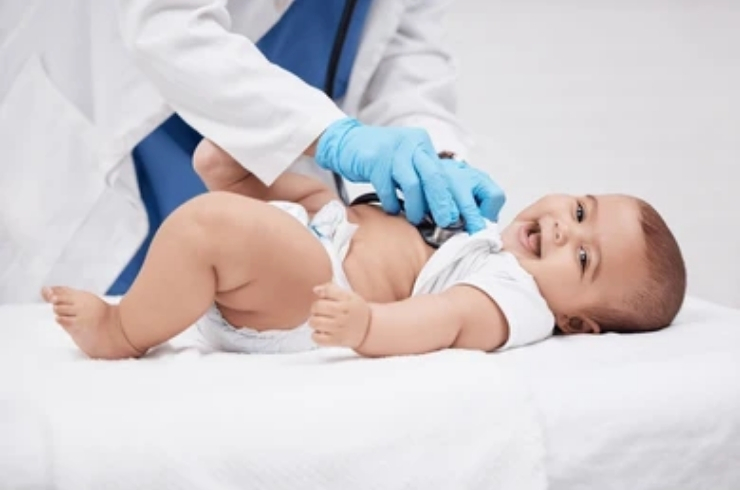
Role of Imaging in Kidney Care
Imaging plays a vital role in diagnosing, monitoring, and managing kidney disorders. Techniques like ultrasound, CT scan, and MRI offer detailed visualization of the kidneys, ureters, and bladder, enabling nephrologists to detect structural abnormalities, kidney stones, tumors, cysts, obstructions, or signs of chronic kidney damage. Ultrasound is typically the first-line, non-invasive tool for evaluating kidney size, shape, and the presence of hydronephrosis or scarring. More complex cases may require CT or MRI for cross-sectional imaging and vascular assessment. These tests help identify silent diseases and prevent complications through early intervention.
Precision in Radiologic Interpretation
Dr. Tanurekha Hazarika is proficient in interpreting kidney imaging to correlate radiologic findings with clinical symptoms and lab results. For example, a shrinking kidney on ultrasound may suggest chronic damage, while a bulky kidney could point toward inflammation or infection. CT scans offer high-resolution images to detect nephrolithiasis, renal masses, or renal artery stenosis, often crucial for surgical planning or transplant evaluation. Imaging also aids in guiding procedures like kidney biopsies or catheter placements with high accuracy. Her ability to integrate imaging insights into treatment decisions ensures precise diagnosis and personalized care.
Integrating Imaging with Patient Management
After imaging studies, Dr. Hazarika explains the results clearly to patients, helping them understand the diagnosis and the next steps. She works closely with radiologists and urologists when needed for multidisciplinary management. Whether assessing a simple cyst or a complex transplant complication, imaging interpretation is always matched with a thorough clinical review. By combining radiologic expertise with nephrology care, she ensures that no detail is overlooked in forming a comprehensive treatment strategy. This approach enhances outcomes and reduces unnecessary interventions, offering patients safe, efficient, and well-informed kidney care.
Services
Have questions about your kidney health?
Get expert answers and personalized guidance from a trusted nephrologist. Your kidneys matter most.